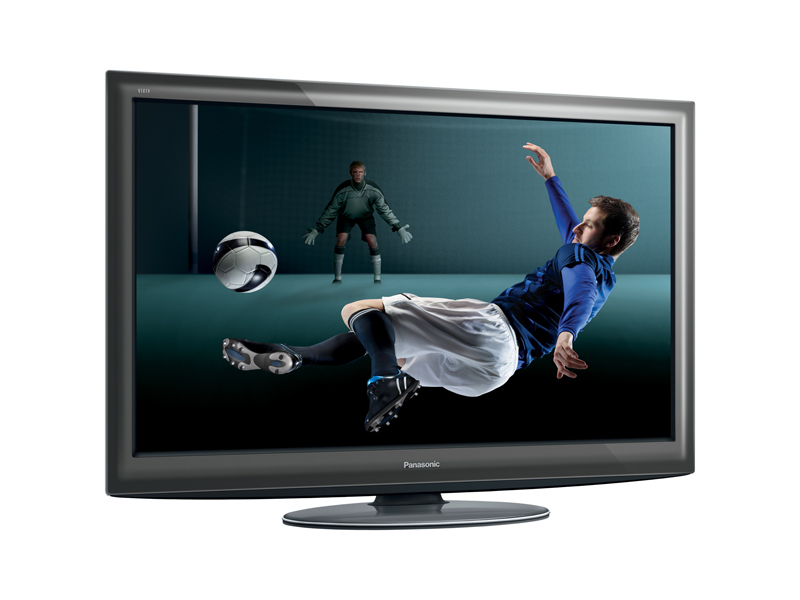TechRadar Verdict
Excellent all-rounder, the overall quality of which more than outweighs its few minor foibles
Pros
- +
Superb HD performance
- +
Decent black levels and contrast
- +
Impressive features
Cons
- -
Average motion handling
- -
SD pictures aren't great
Why you can trust TechRadar
Now and then a TV comes along that makes everything else seem rather ordinary.
The TX-L37D25 is one of an exciting new breed from Panasonic that lays down a marker for spec and performance that many of its rivals will struggle to match.
Features
First, on a remarkably generous list of features is the edge-mounted LED backlighting system.
Panasonic is only a recent adopter of this technology (making its debut in the concurrent D28 series) and the slender panel depth it allows has permitted the manufacturer a rare flight of design fancy, in the form of a thin, but not radically narrow chassis, fronted by an attractively contoured, gunmetal grey fascia.
The other big news with the TX-L37D25 is that it houses both Freeview and Freesat HD tuners, which means that you can plug straight into subscription-free hi-def whether you've got an aerial or a dish on your roof.
This sort of spec immediately sets it ahead of most of the competition and that's before you've considered the Net Cast web capability, the myriad multimedia options lurking under the Tools button, the four HDMIs, and the latest generation of the company's own extremely powerful vreal Pro image engine, as well.
Sign up for breaking news, reviews, opinion, top tech deals, and more.
Connections are headed up by four HDMIs (only Philips currently goes one better) plus two USB ports, an SD card slot and an Ethernet connection, as well as the usual analogue and digital ins and outs, and an SD card slot.
Ease of use
Panasonic is yet to succumb to the otherwise near-universal craze for jazzy, graphic-led user interface and soldiers on with roughly the same text'n'tables system that has served it to solid, nonsense-free effect over the last few years.
When it works as well as this, though, there's no urgent need for any radical change. So we get the familiar blue, grey and yellow colour scheme and bold, plainly legible white text mixing with an architecture that has been laid down with Spock-like logic to ensure that each step of the installation and tweaking procedure is at no point bewildering or intimidating.
The remote is similarly utilitarian. Not for the space age, contoured slivers that accompany Philips or Sony-type sets, but rather a reassuringly chunky handset with everything where it should be and large, clearly marked buttons that operate precisely.
The rather rubbery keys are white and presumably won't stay that way for long (particularly if children's grimy digits come anywhere near them), but the zapper interacts in pleasingly straightforward fashion with the main menus.
